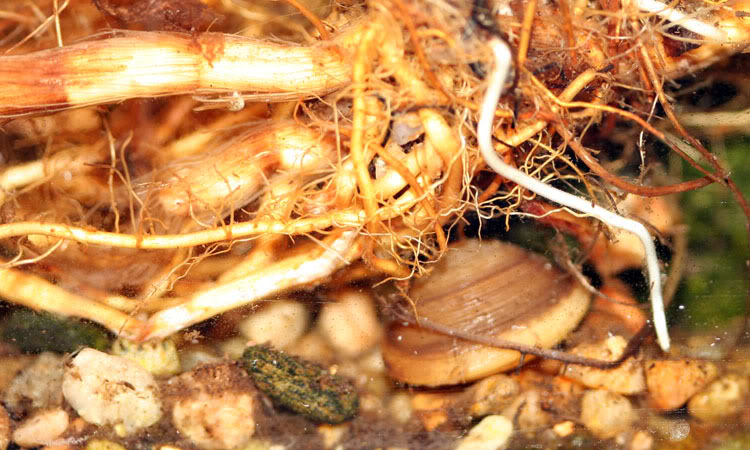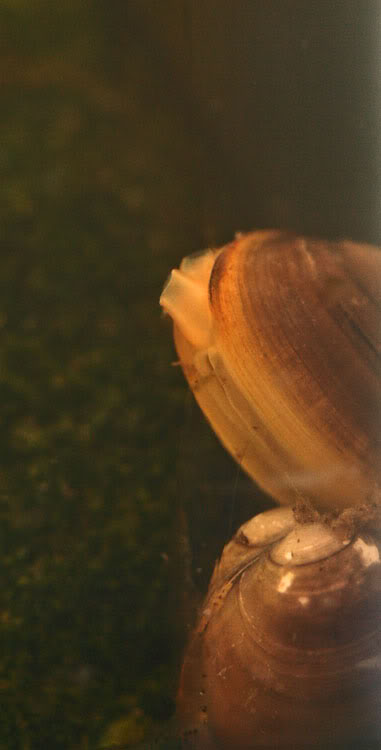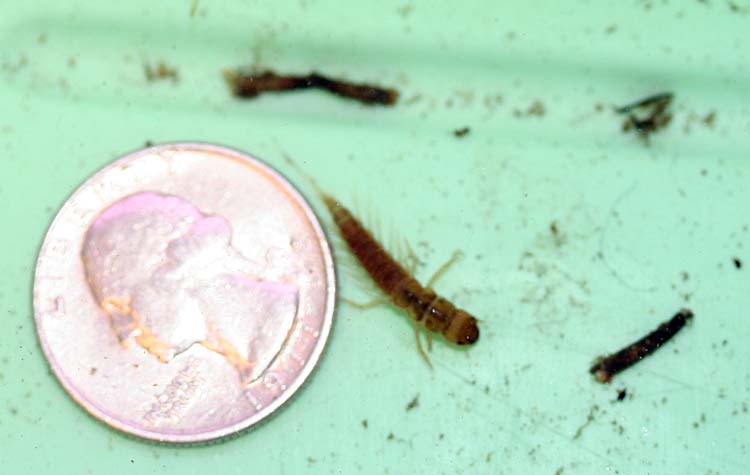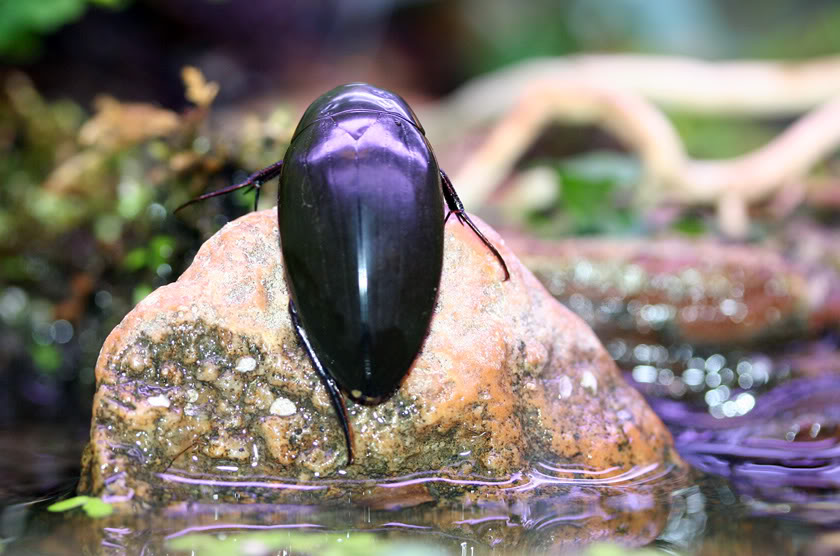Decapoda
Order Decapoda (The Crayfish and Shrimp);
TBF
Classification: Amphipods, frequently referred as "freshwater shrimp" are an order of crustaceans with 13 body segments and a variety of appendages which are found in all aquatic environments, as well as a few terrestrial ones. The majority of species are marine, with only about 90 American species described that are confined to freshwater.
Activity: They are generally more active during the night than during the day, and are typically confined to the substrate. They swim with a somewhat skittering locomotion with the animal on its side, flexing their appendages, hence the common name "sideswimmer."
Feeding: Voracious feeders, most amphipods are omniovorous detritivores or scavengers, feeding on all kinds of animal and plant matter as well as organic debris. Some few are grazers of algae or predators on small insects or other crustaceans.
Size: Typically less than 10mm, they range from 1mm to 28cm depending on species.
Aquarium Impact: Commonly employed in aquariums as a food source for fish or other organisms. Some also employ them as scavengers or a clean-up crew.
Order Diptera (The True Flies);
TBF
Classification: Amphipods, frequently referred as "freshwater shrimp" are an order of crustaceans with 13 body segments and a variety of appendages which are found in all aquatic environments, as well as a few terrestrial ones. The majority of species are marine, with only about 90 American species described that are confined to freshwater.
Activity: They are generally more active during the night than during the day, and are typically confined to the substrate. They swim with a somewhat skittering locomotion with the animal on its side, flexing their appendages, hence the common name "sideswimmer."
Feeding: Voracious feeders, most amphipods are omniovorous detritivores or scavengers, feeding on all kinds of animal and plant matter as well as organic debris. Some few are grazers of algae or predators on small insects or other crustaceans.
Size: Typically less than 10mm, they range from 1mm to 28cm depending on species.
Aquarium Impact: Commonly employed in aquariums as a food source for fish or other organisms. Some also employ them as scavengers or a clean-up crew.





